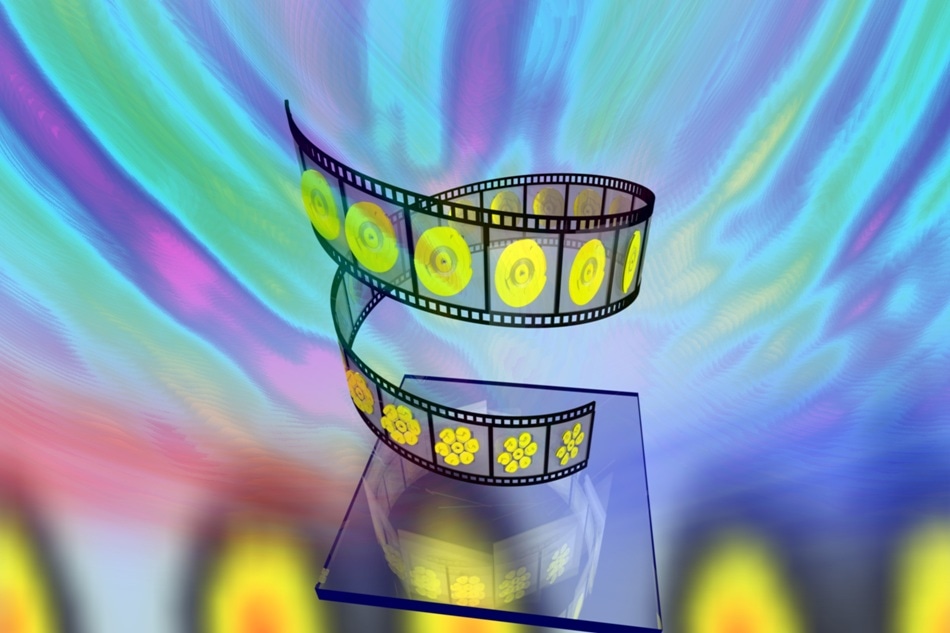Apr 4 2017
 Gold spring shaped coils help reveal information about chiral molecules. Credit Ventsi Valev.
Gold spring shaped coils help reveal information about chiral molecules. Credit Ventsi Valev.
Scientists from the University of Bath have used gold spring-shaped coils and powerful lasers to help in the detection of twisted molecules, and the applications could bring about improvements in nanorobotics, telecommunications and pharmaceutical design. These coils are 5,000 times thinner than human hairs.
Molecules and also a number of pharmaceuticals are capable of twisting in specific ways and can exist in right or left ‘handed’ forms based on how they twist. It is essential to understand this twisting, known as chirality, as it alters the behavior of a molecule, for instance within the human body.
It is possible for scientists to study chiral molecules using a specific laser light, which is capable of twisting as it travels. Such studies become very complicated for small amounts of molecules. The minuscule gold springs play a crucial role by helping in such situations. The light is twisted by their shape that fits the molecules in a better manner, enabling effortless detection of minute amounts.
The researchers from the University of Bath Department of Physics used some of the smallest springs ever created to study the efficiency of the gold springs at improving interactions between chiral molecules and light. To do this, the researchers collaborated with colleagues from the Max Planck Institute for Intelligent Systems. The researchers based their study on Second Harmonic Generation (SHG), which is a color-conversion method for light. In this method, more red laser light gets converted into blue laser light as the performance of the spring improves.
The researchers studied that the springs proved to be promising but the effectiveness of their performance was based on the direction they were facing.
It is like using a kaleidoscope to look at a picture; the picture becomes distorted when you rotate the kaleidoscope. We need to minimise the distortion.
David Hooper, Physics PhD student, University of Bath
The researchers are presently working on ways that will help optimize the springs, known as chiral nanostructures, in order to reduce the distortions.
Closely observing the chirality of molecules has lots of potential applications, for example it could help improve the design and purity of pharmaceuticals and fine chemicals, help develop motion controls for nanorobotics and miniaturise components in telecommunications.
Dr Ventsislav Valev, University of Bath
The research features in the journal Advanced Materials.
The research received funds from the Royal Society as part of the University Research Fellowships scheme, and also from the UK Engineering and Physical Sciences Research Council (EPSRC) through the Centre for Doctoral Training in Condensed Matter Physics.